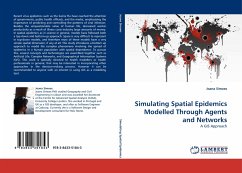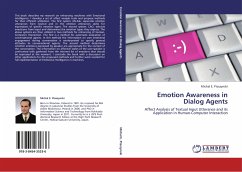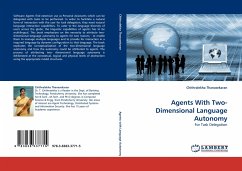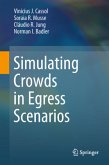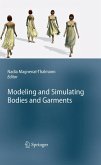Recent virus epidemics such as the Swine Flu have reached the attention of governments, public health officials, and the media, emphasizing the importance of predicting and controlling the patterns of viral infection. Besides the unquestionable value of human life, decreased worker productivity as a result of illness costs industry large amounts of money. In spatial epidemics as in science in general, models have followed both a top-down and bottom-up approach. Space is very difficult to represent in top-down models, and therefore most of these models have a very simple spatial dimension, if any at all. This study introduces a bottom up approach to model the complex phenomena involving the spread of epidemics in a human population with spatial dependence. To pursue this, several concepts and technologies are assembled together such as Artificial Life, Complex Networks, and Geographical Information Systems (GIS). This work is specially directed to health modellers or health professionals in general, that may be interested in incorporating other approaches in the decision-making process. However it can be recommended to anyone with an interest in using GIS as a modelling tool.
Bitte wählen Sie Ihr Anliegen aus.
Rechnungen
Retourenschein anfordern
Bestellstatus
Storno

